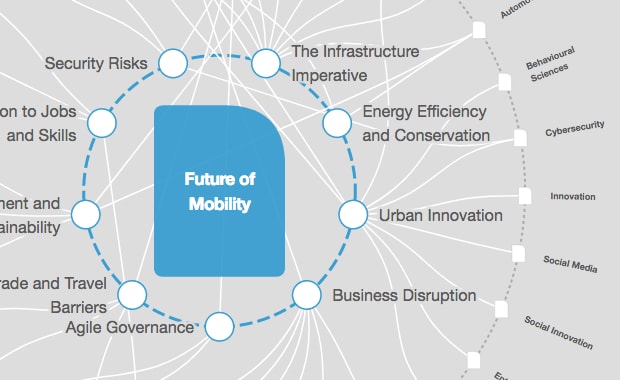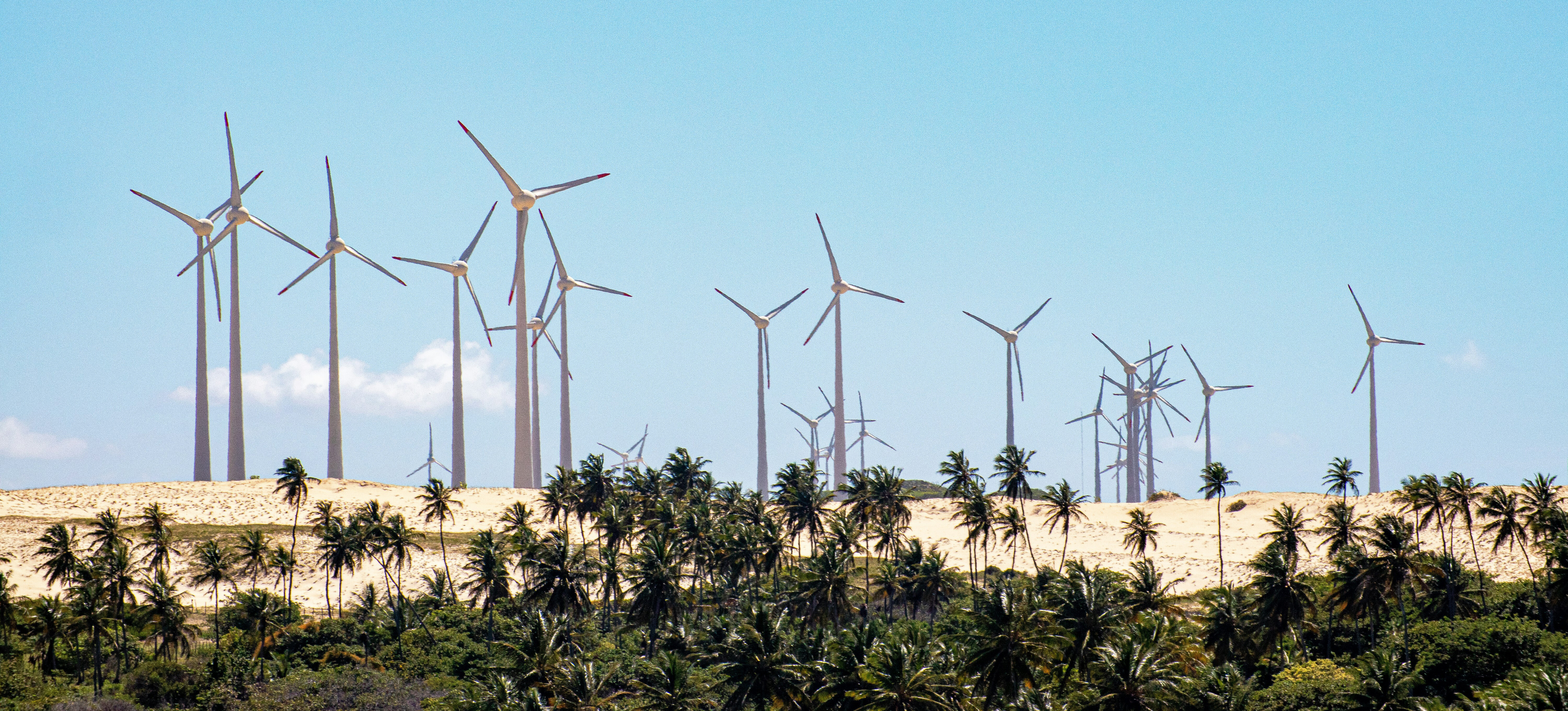How China raised the stakes for electric vehicles

China’s huge and expanding consumer market is seen as a gamechanger for automakers.
Image: REUTERS

Explore and monitor how Mobility is affecting economies, industries and global issues
Stay up to date:
Mobility
It’s not every day – or even every decade – that climate-friendly government policy in one country has ripple effects for companies spanning the globe. That’s what happened after China announced its New Energy Vehicle (NEV) mandate, part of its plan to sell 4.6 million electric vehicles by 2020 and ban cars with traditional internal combustion engines over the long term.
Within 48 hours of China’s NEV announcement last year, General Motors and Ford announced major electric vehicle initiatives, with GM offering plans for 20 new electric models by 2030. China’s NEV mandate took effect in April 2018.
To be sure, China is hardly alone in aiming to boost the share of EVs on its roads. In the past three years, 20 automakers and 20 countries have set targets for electric vehicles. There are more than twice the number of EVs now as there were in 2015 and six times as many as in 2013, with more than 4 million in use around the world in September 2018.
Governments at every level in major markets, including the US and Europe, are pushing for more electric vehicles, recognizing the benefit in greenhouse gas reductions, energy security and sector leadership.
China’s NEV mandate, drawing inspiration from California’s Zero Emission Vehicle mandate, sets a quota for the number of zero-emissions vehicles that carmakers must sell, with each getting a certain number of credits, depending on characteristics such as range, energy efficiency and power.
The policy establishes NEV credit targets of 10% of the conventional passenger car market next year and 12% in 2020. In both China and California, the programmes create incentives for automakers to exceed their quotas because they can sell credits to companies that don’t meet theirs.
Why was China’s announcement a gamechanger for automakers? One factor was clearly its huge and expanding consumer market. But just as important was its clearly stated long-term commitment to take ambitious action to combat climate change, by the country that currently leads the world in greenhouse gas emissions.
With clarity of direction and confidence in future EV demand from Chinese markets, businesses must up their game to remain competitive. And, as automakers set their own EV goals, this should in turn give governments, in China and elsewhere, more confidence to set bigger, bolder targets in the future.

This is a prime example of an ambition loop – a virtuous cycle where clear government policies and ambitious business initiatives work together to fuel prosperity as they set higher goals to curb carbon dioxide emissions.
A new paper illustrates examples of such ambition loops emerging around the world – from renewable energy in Europe and the cocoa farms of Ghana, to solar power in India and the global palm oil trade. All of which can go a long way to help countries meet and enhance their national climate commitments under the Paris Agreement.
Countries and companies are realizing that being out of the loop could mean missed opportunities. In response, some are creating formal coalitions to drive climate ambition. The Dutch Sustainable Growth Coalition, for example, is a group of eight of the largest companies in the Netherlands. They undertake analytical work and engage in active dialogue with government ministers, with the goal of ramping up environmental and social progress in a way that benefits the nation, the economy and profitability. As a result, the government sees clear economic opportunity in climate action and seeks to establish the Netherlands as a leader, rather than risk falling behind other countries.
For policymakers, harnessing ambition loops is a way to accelerate bold climate action and unlock up to $26 trillion in economic opportunities between now and 2030, while creating more than 65 million jobs and avoiding more than 700,000 premature deaths from air pollution.
To make it happen, government leaders will need to build on the emerging signs of corporate commitment from leading businesses and implement policies and targets that drive those efforts even further. In turn, increased corporate climate action and advocacy give political and economic support to more ambitious government efforts.
Business leaders can tap into climate action as an important driver of growth, competitiveness, innovation and risk management. In 2016, 56 of the Fortune 100 companies reported saving a combined $2.5 billion from emissions-reduction projects, with a typical payback period between one and 10 years.
At the same time, leading corporations are learning that cutting emissions in their own operations paves the way for higher profits. While that’s a strong motivator, here’s another one: customers, investors and employees are increasingly holding businesses accountable for capturing new market opportunities and preparing for the costly and dangerous impacts from a changing climate.
China’s bold policy and the automakers’ EV targets are early indicators that businesses and governments can use ambition loops to accelerate investments in a safer and more prosperous future.
Don't miss any update on this topic
Create a free account and access your personalized content collection with our latest publications and analyses.
License and Republishing
World Economic Forum articles may be republished in accordance with the Creative Commons Attribution-NonCommercial-NoDerivatives 4.0 International Public License, and in accordance with our Terms of Use.
The views expressed in this article are those of the author alone and not the World Economic Forum.
Related topics:
Forum Stories newsletter
Bringing you weekly curated insights and analysis on the global issues that matter.
More on Energy TransitionSee all
Network of the Global Future Councils and Kaiser Kuo
November 4, 2025
Esther Finidori and Lisa Wee
November 4, 2025
Ezgi Canpolat and Varalakshmi Vemuru
November 3, 2025
Ayla Majid
October 30, 2025
Camille Canivet and Giorgio Parolini
October 29, 2025





